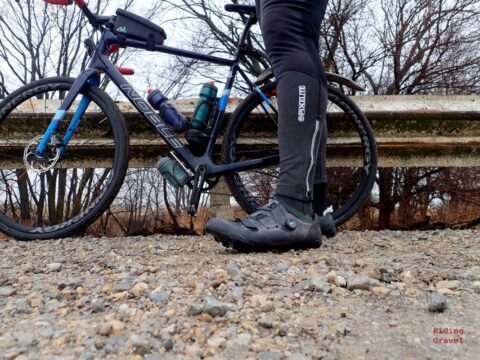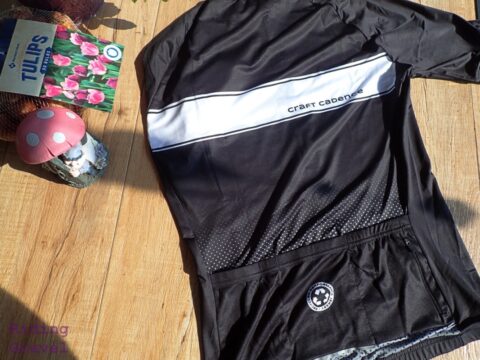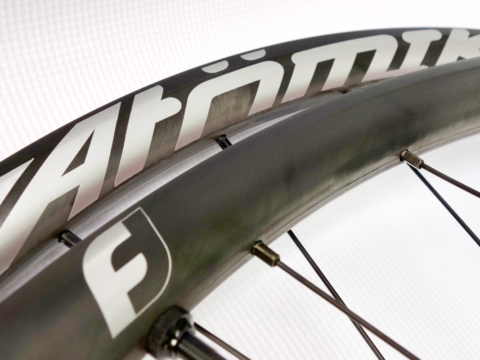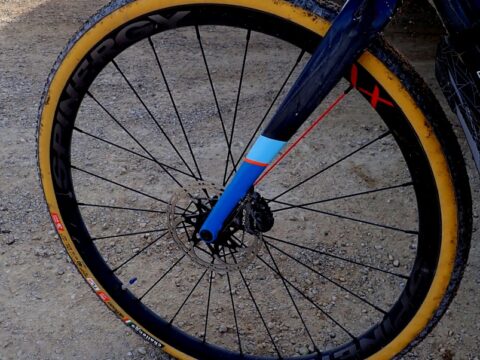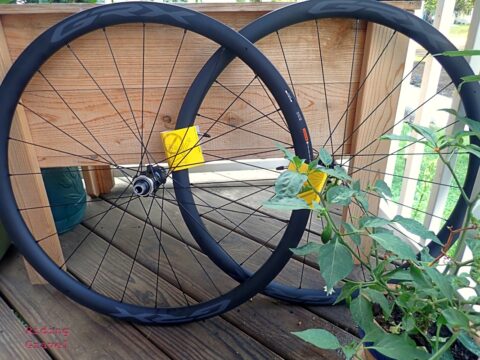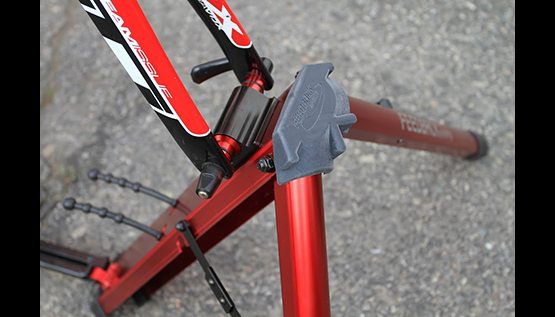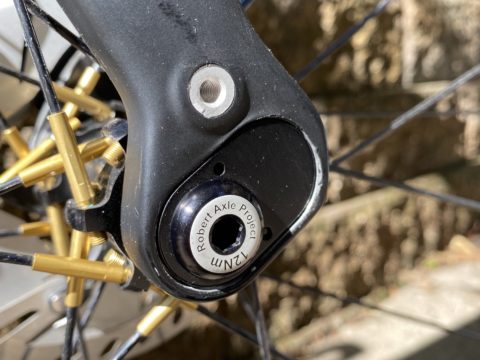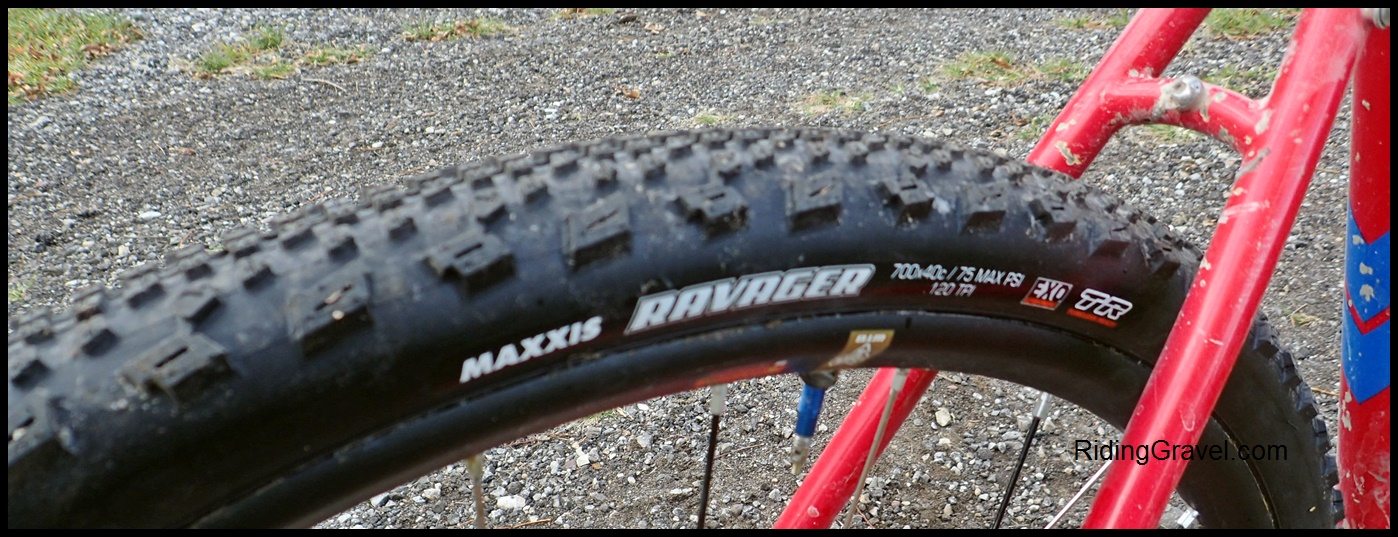Hunt 35 Carbon Gravel Disc X Wide Hookless Wheels: At The Finish – by Grannygear
Note: See the previous update to this review HERE
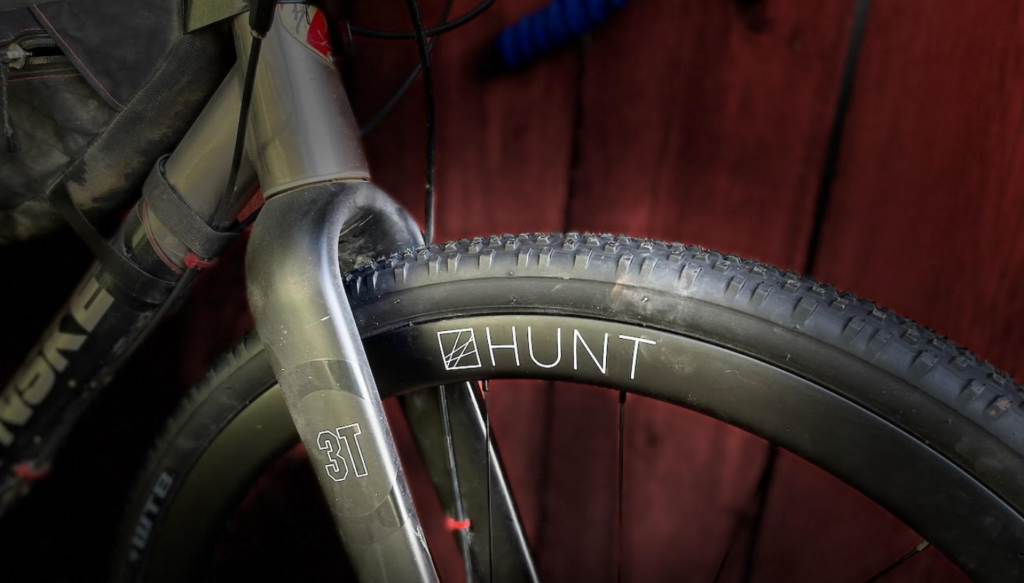
I remember a visit to Specialized HQ back in the early days of 29″ers. I was given a tour and hung out for a day or so, meeting with engineers and talking big wheels. One of the questions came from the Specialized wheel guy and he asked if I thought that 21mms was an adequate width for the inside of a 29″er rim. I told him that I thought it was. Wow. That sounds about as true as “No one needs more than 10 gears” and “Disc brakes are foolish on a bicycle”! How things have changed.
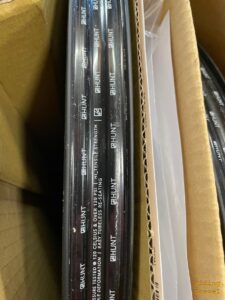
Now all the road rims I ride are 19-22mms wide internally and the gravel rims are both 22mm for now (wider stuff coming). So, for tires ranging from 30mm to 42mm, I am riding the same width rim that years ago I thought was just fine for a 2.2 inch MTB tire. My trail bike rims are 30mms wide (internal of course) and those are shod with 2.3/2.4 inch knobbies.
So the Hunt 35 Carbon Gravel X-Wide Hookless rims are in that camp of wider rims for gravel at a 25mm internal width. They also have a pretty wide external measurement of 31mm and a depth of 35mm. That is pretty close to the depth of my carbon road rims (36mm but these are wider by 2mm). So does that mean anything to the rider who is pedaling the Hunt 35 Carbon Gravel X-Wides toward the horizon? Just what do I feel I got for all the width and depth that’s going on here?
And then there is the design of this wheel that targets a very strong and stiff wheel; one that can take a beating and drive forward with alacrity. Does it do that? And if it does, is that what every gravel rider wants or needs? Hunt does not say it’s for everyone and they offer many models, so in that case, who do I think these wheels are for? All this in due time, but first let’s talk air pressures.
Remember that I was surprised to find that the very moderate 30psi setting I began with in the WTB 42mm Resolutes felt very abrupt and firm on the Hunt 35 Carbon Gravel X-Wides. Now- Note that I did not say harsh. That, to me, is a pejorative that I don’t think is appropriate here. It’s pretty hard for anything to be harsh with a big tire and a nice Ti frame connecting it all. But it was firm enough to knock me off line here and there and feed a bit more impact into my body than I was used to. So I set out to see whether it was the wheels, the SG2 casing on the WTB tires, or the phase of the moon.
Using an accurate air pump, I began to work backwards from the too harsh for me 30psi setting 2 psi at a time. At 28psi it was much better and for long, more nontechnical multi surface rides. That was where I rode them, especially if it was pavement biased. It’s amazing how much 2 psi changes things.
At 26psi they were quite good, riding with much more control and comfort off road but just on the end of being a bit slower on the road. Still that was a good place for me to live on those more dirt than pavement days. At 24psi the combo of the 42mm WTB Resolutes and the Hunt 35 Carbon Gravel X-Wides Hookless wheels rode really, really, well, even on rough dirt roads, ruts, and rocks. But that is getting a bit low.
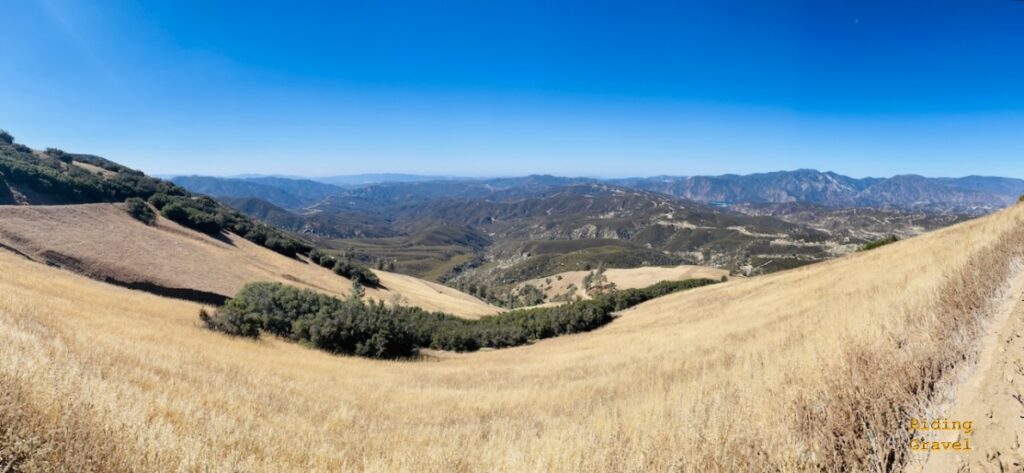
I never did get the combo to feel vague or squirmy, even at that low pressure of 24psi. That is a benefit of the wider rim. The extra support keeps the tire from folding under at pressures that would be less than great on a narrower rim. But at those lower pressures I was losing speed on the road. Even at 26psi it was slightly draggy. The wide rim might keep the sidewalls supported but it does not prevent the tire from flattening out the tread section under low psi settings. Actually a wider rim might flatten out the shape of a tire more as compared to a more narrow rim, even at those higher pressures. Less ‘light bulb’ effect going on; less of a ‘peak’ to the tire shape. Also, even though they still cornered really well at those low pressures, at some point you will start taking the rocks into the rim. There is a limit to how low you can go and survive.
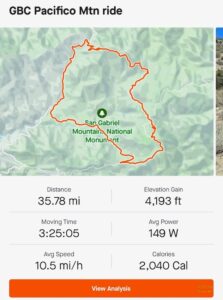
Now that I had tire pressures somewhat figured out, I had an invitation to a semi-local gravel ride that would be a challenging day with 4000+’ of climbing in the first 13 miles and a 40 mile overall length. We would begin with a long paved climb transitioning to dirt, then to ever increasing grades on sandy and rough fire roads. Fast descents on rain rutted, rocky, and sandy double tracks, with plenty of room for tire and wheel damage, led to a 40+ mph descent on a winding mountain highway. It was hot too. 90 degrees at the start and 103 at the end. Welcome to So Cal. This is not an easy place to do ‘gravel’.
I began at 28psi, and once we hit dirt, I blipped some air out of each wheel. That worked well for me and I enjoyed a great ride, only paying a price for maximum speed once we hit the long and fast paved descent. But in the dirt I was fast and accurate and confident. At home I measured and was right around 24/25psi after my blipping air session. Quite frankly, if I was in the dirt 100% of the time, I would just keep it around that 25psi setting unless I was really in the rocks at speed.
Now then. I still wanted to know how much the tires were affecting this as pretty much all ‘tough’ sidewall tires lose some suppleness compared to a ‘normal’ casing. Guitar Ted had found that the SG2 WTB models he rode were better than most in this regard. Still, how much was the tire contributing to the firm ride?
To play with this a bit, I swapped back to a set of FSA wheels I have used for years. They are a bit heavier at 1720g and are narrower at 22mm internal. Not hookless either. They also are aluminum and are 24 spokes per wheel. I set the WTB SG2 Resolutes at 30 psi which is where I would have run them in the past unless I was on a more road-ish ride, then I would have gone to 35psi.
On the Hunt 35 Carbon Gravel X-Wides the Resolutes were 43.5mm wide. On the old aluminum wheels, they measured 43mm. So the 3mm wider (and hookless) rims of the Hunts allowed for a 1/2mm gain in tire width at the sidewalls. After two rides and about 50 miles of mixed surface riding, I have some good impressions of the difference between the two wheel sets. Are their differences? Yes. Is it night and day? No. Let’s see what I noticed.
- The WTB tires with the SG2 casing are certainly part of what I was feeling. How much is hard to say. But it is a factor. Fortunately I am only comparing between the wheels, not between the new vs. old tires.
- The FSA alloy wheels respond very nicely to pedaling input but there were times the Hunts pulled ahead. For instance, in those moments where you are struggling to keep momentum, like when you are standing and pedaling hard over a quick rise in the road and you would rather not shift before you crest the hill. It was subtle but present and repeatable. The Hunts made it easier to stay in that gear and crush it.
- With the FSA wheels I lost some of that immediate steering response on fast and winding roads. It was not a huge difference but it was there.
- I gained ride comfort with the FSA hoops. I would hazard a guess that it is about a 2psi difference. Maybe even as much as 4psi. I was at 30psi but it felt AT LEAST like 28psi did on the Hunts with the same tires. Maybe even 26psi, at least as far as overall compliance.
- Those same tires at 30psi on the road felt better than they did at 26psi on the road, and if the off-road performance is about the same, then that is a win for the FSA wheels.
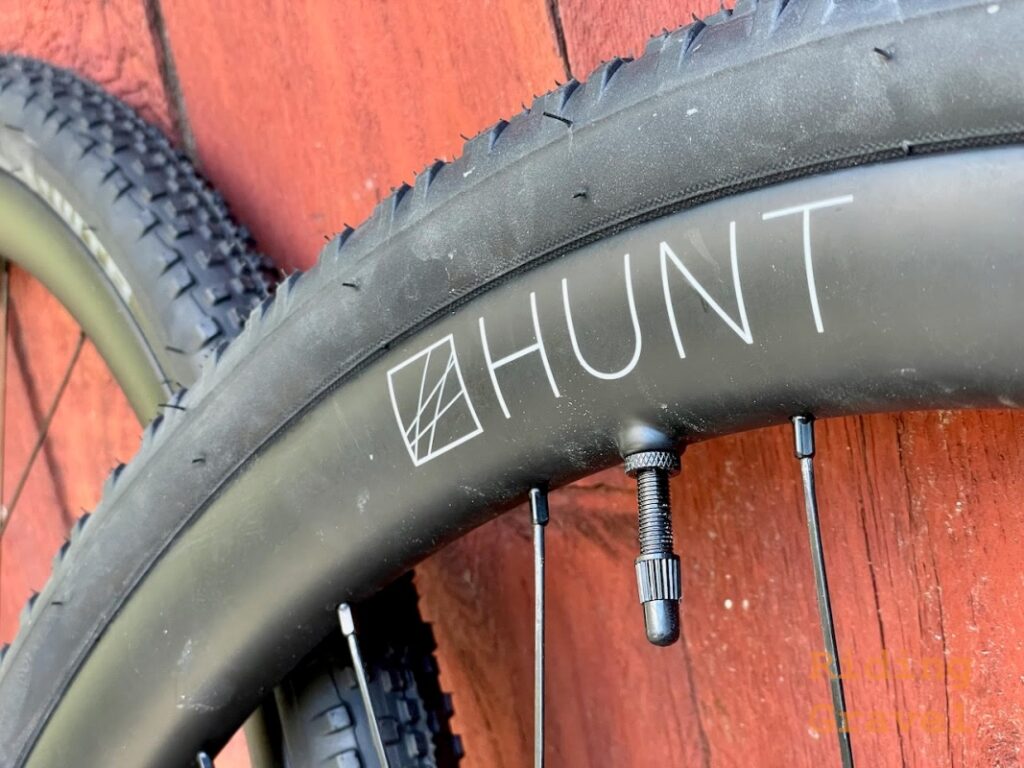
So who are these Hunt 35 Carbon Gravel X-Wides best for as far as I am concerned? Anyone that can benefit from a stiff, strong, fast responding wheel. A heavier rider would. A stronger, more powerful rider for sure, irregardless of weight. If you are a beast and you would rather die than ride without a power meter, then these will not flinch. Bring it! If you are a rider that values that direct response to pedaling and steering input and you have never ridden a bike too stiff for you, these would be right up your carbon fiber lined alley. That feeling I got when gravity was trying to slow me down before I reached the summit and the Hunts kept me in the game? Well that was pretty nice and it’s what I would want if I were trying to podium somewhere.
They could be a really good wheel for bikepacking or for a loaded bike like a Tour Divide racer. The wide rim would keep you steering well over long days at comfy pressures and, if the width and depth do mean anything in an aero sense, you would be good to rage. Frankly I am very skeptical about the aero value of deeper section wheels for gravel. I would like to see the numbers on that. I did notice more crosswind effects on the Hunts than on the more shallow FSA wheels.
But there is no way I would give them to Mrs. Grannygear to ride. She is 125lbs and rides easy. She spins along and never sprints. She is better off with an equal weight wheel that has less focus on burliness. Are they for me? I will get to that in a minute.
As an aside, I cannot attest to the actual strength of these wheels, durability, etc, because I only had them for a short while under moderate conditions but Hunt says these were made to “take a beating”. Obviously they are not unbreakable, but yeah…these do feel like they would be pretty durable and that hookless bead helps toughen the rim.
Some other quick thoughts:
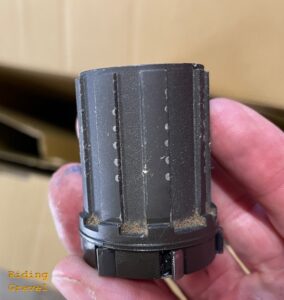
- It’s a smooth rolling wheel in that the bearings feel good and the free hub has very little drag to it when spun by hand.
- They are quiet too, with less pawl buzz then other Hunt wheels I have heard. They do have more than one hub in use across their products, so this may vary by model. Mrs. Grannygear said they sound like a Cicada.
- The rim tape they use (and sell separately) is touted as not dimpling at the spoke holes under air pressure. That always makes it harder to re-seat a tubeless tire later on. I can attest that, after the time I was in them, the tape looked just like it did when I began the test except where it was lifting on the tag end on one wheel. But no spoke hole related dimples. Cool.
- The free hub body also did not have much more than very, very, slight digs into the aluminum body from the cassette, so the hard finish treatment seemed to be helping here too.
- The tires seated well and inflated with a floor pump. I like the H-Lock bead seats. They do require strong thumbs to unseat the tire, but it was not that bad either. I would rather have that then a sloppy tire fit.
- They do feel really good when you are going uphill. That 1500 gram range is pretty sweet and of course they transfer power really well.
- When I was taking a pic of the freehub after I used them, I popped the freehub body off to see how it looked in there, pawls, etc. I was a bit surprised how much grit there was inside. Not in the bearings, but just in the *clicky-clicky* parts. It is quite easy to access this area for servicing though. No tools needed.
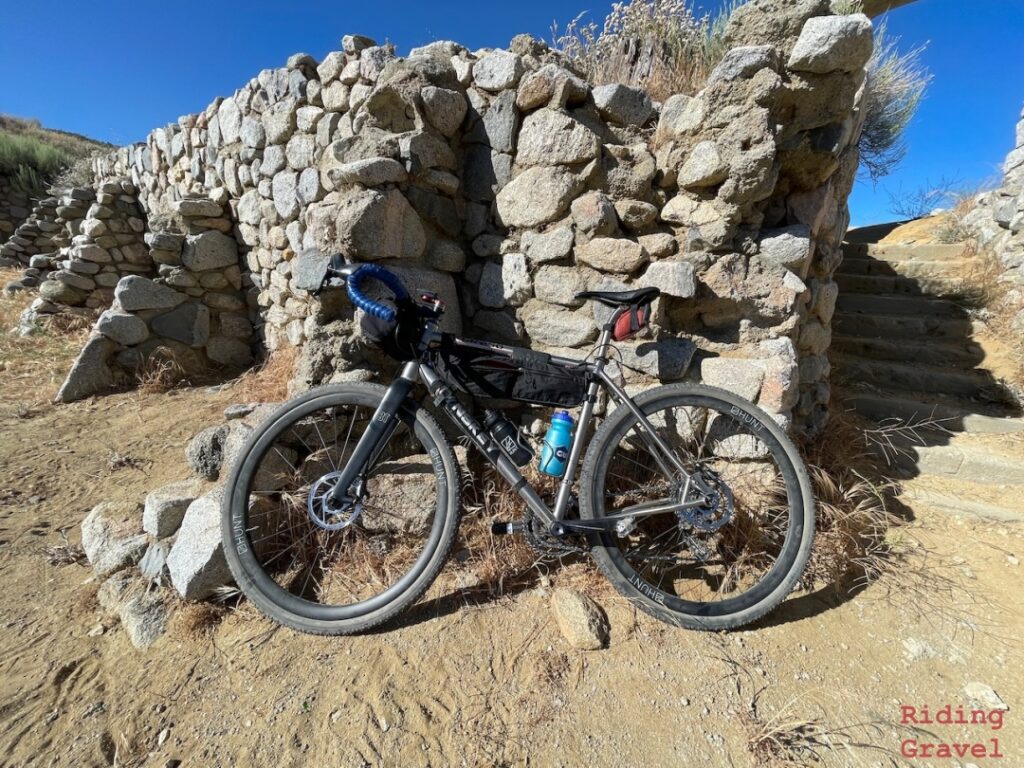
At The Finish: But. Would I buy them? No. I would not buy them. They are not for me. The subtle gains in acceleration and steering do not, for me…and I want to emphasize that point…FOR ME…overcome the negatives in ride compliance. I am just not in that much of a hurry and I do not break wheels. I do care about speed and performance, but not with these tradeoffs.
And here is a thing to consider and debate over a flask of whiskey around a campfire: “When it comes to gravel bikes, smoother is faster.” True or?
Keep in mind that the differences were quite subtle between the slightly narrower, slightly heavier, slightly more compliant FSA wheels and the slightly wider, slightly lighter (a bit more than slightly, actually), and slightly stiffer Hunt wheels. It really was not that big of a difference. And it’s not like the alloy wheels were some throw away OE wheelset from a stock bike. They are decent wheels, just not high end. If these were a 2000+ gram wheelset that would come on the average gravel bike, the difference would be more dramatic.
But the slight differences WERE there and if those differences are important to you, if the strengths of this Hunt wheel makes you want to buy them and ride fast, then these are a yet another bargain priced wheel from Hunt. These are actually right at the cost where a more expensive alloy rimmed wheelset would be. Remarkable. And that Hunt name also means good support (based on my experiences) and solid engineering. I do wonder about that freehub seal quality, especially since I was not in any moisture and my time on them was relatively brief. I have some more wheels in-bound from Hunt that I think will make an interesting comparison to these. More to come on that.
Until then, the 35 Carbon Gravel X-Wide Hookless wheels are headed back to the Hunt mother ship. It was good to sample them and it points out that it’s nice to have choices in your equipment. It’s a good time to be riding on gravel.
Learn more about the wheels on test here by visiting the Hunt website for this model: https://us.huntbikewheels.com/products/hunt-35-carbon-gravel-x-wide-hookless-wheelset
Note: Hunt sent the wheels in this post to Riding Gravel for test and review at no charge. We were not bribed, nor paid for this review and we always strive to give our honest thoughts and views throughout.


